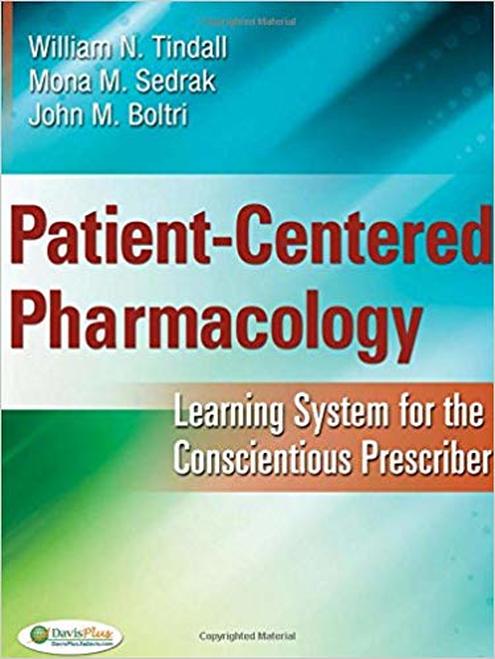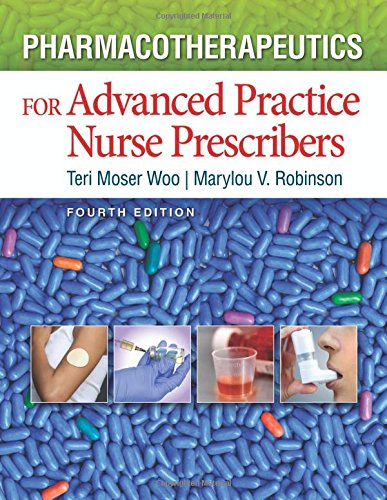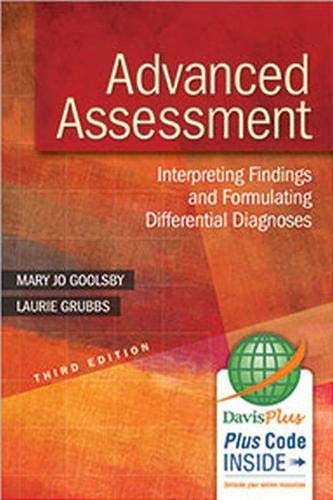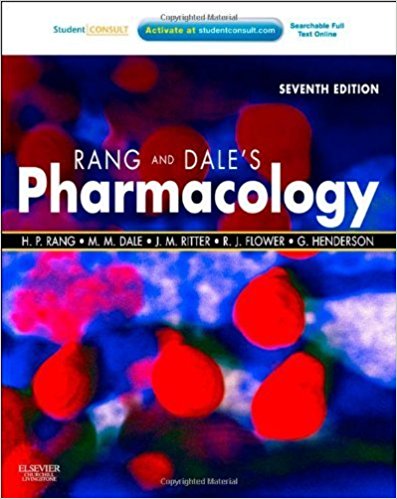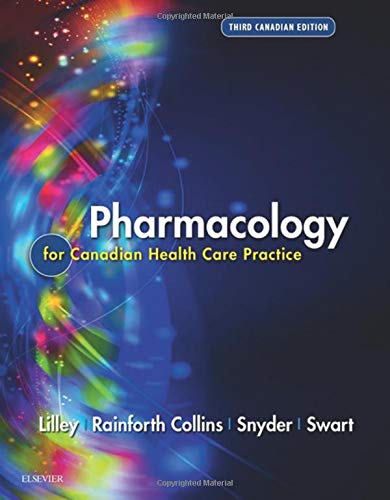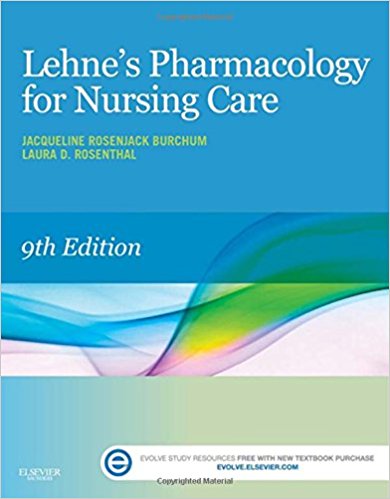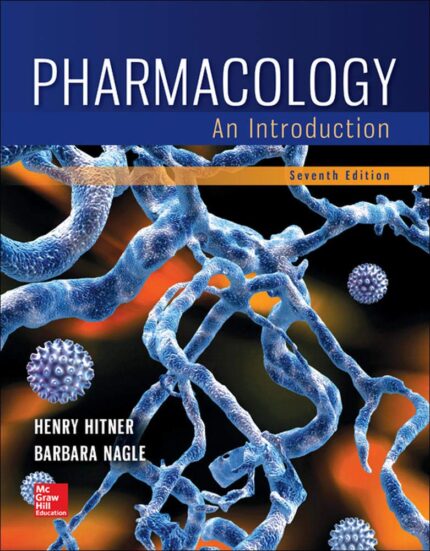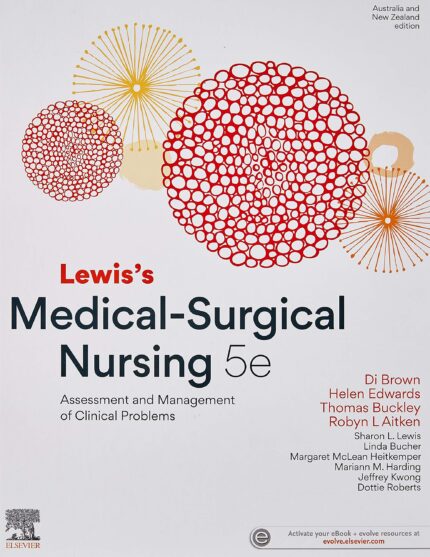Test Bank for Patient-Centered Pharmacology Learning System for the Conscientious Prescriber 1st Edition by Tindall
Chapter 1. Conscientious and Rational Prescribing in the 21st Century
Multiple Choice
Identify the choice that best completes the statement or answers the question.
____ 1. Which statement regarding herbals, vitamins, minerals, and food supplements is true?
| A. | Herbals, vitamins, minerals, and food supplements are not regulated by the U.S. Food, Drug, and Cosmetic Act (FDCA). |
| B. | Manufacturers must prove the safety of their herbals, vitamins, minerals, and food supplements. |
| C. | Manufacturers must prove that their herbals, vitamins, minerals, and food supplements are free from adulteration. |
| D. | Manufacturers must prove the legitimacy of any claims they make about their herbals, vitamins, minerals, and food supplements. |
____ 2. Which amendment to the FDCA established the two classes of drugs: legend or prescription only and over the counter?
| A. | Durham-Humphrey Amendment (Prescription Drug Amendment) |
| B. | New Drug Application Amendment |
| C. | Health Education and Welfare Amendment |
| D. | Kefauer Harris Amendment |
____ 3. The package insert (PI) attached to a prescription drug contains all of the following information except:
| A. | U.S. Food and Drug Administration (FDA)-approved drug information. |
| B. | Highly detailed adverse effects and dosage information for the prescriber. |
| C. | Information in layman’s terms for the patient. |
| D. | Pharmacodynamic and pharmacokinetic drug information. |
____ 4. Which of the following best defines the term adulteration of drugs?
| A. | Adding contaminants or anything not stated on a drug label |
| B. | Claiming a drug is a cure for a certain condition, such as cancer |
| C. | Advertising a drug for a poorly defined condition, such as miasma |
| D. | Claiming a drug is safe when its safety has not been established in preclinical trials |
____ 5. The majority of “off-label” or unapproved usages for drugs are prescribed for which patient groups?
| A. | Pediatric patients and patients on chemotherapy |
| B. | Patients with neurologic diseases |
| C. | Obese patients |
| D. | Pregnant patients |
____ 6. The major goals of the Controlled Substances Act (CSA) include all of the following except:
| A. | Improving the manufacturing, distribution, prescribing, and dispensing of controlled substances by legitimate persons in the health-care sector. |
| B. | Providing research into issues of drug addiction and rehabilitation. |
| C. | Stopping the widespread diversion of controlled substances into illicit or “street” channels. |
| D. | Establishing laws and criminal sentences for the possession and sale of illicit controlled substances. |
____ 7. Which statement is true regarding the Drug Enforcement Administration (DEA) categories of scheduled drugs?
| A. | Schedule I drugs have a high potential for abuse and no accepted medical use in the United States. |
| B. | Schedule I drugs have a low potential for abuse and no accepted medical use in the United States. |
| C. | Schedule II drugs have a low potential for abuse. |
| D. | Schedule V drugs have a high potential for abuse. |
____ 8. Which statement regarding extemporaneous compounding is false?
| A. | Extemporaneous compounding is the pharmacist’s art of preparing a drug product for a specific patient using a physician’s prescription, a drug formula, or a recipe. |
| B. | Calculated amounts of ingredients are measured out and made into a uniform mixture. |
| C. | Extemporaneous compounding is the pharmacist’s art of preparing a drug product for a patient using his own drug formula rather than a physician’s prescription. |
| D. | Pediatric dosages are commonly compounded when only adult dosages are available. |
____ 9. Clinical pharmacology is best defined as:
| A. | The study of the optimum use of medication in patients. |
| B. | The study of the human body’s reaction to a drug over a specified time. |
| C. | The biologic actions of a drug at its site of action. |
| D. | The study of the effects of genetic variations on pharmacologic processes. |
____ 10. Which statement regarding over-the-counter (OTC) drugs is true?
| A. | OTC drugs are rarely associated with toxicity or overdose. |
| B. | No OTC drugs are also available in a higher dosage form by prescription. |
| C. | OTC drugs are generally more expensive than prescription drugs. |
| D. | OTC drugs contain directions and information on the label and packaging to allow consumers to self-medicate. |
____ 11. In the early 1960s, the serious birth defects caused by thalidomide prompted which of the following amendments to the FDCA?
| A. | Kefauver Harris Drug Efficacy Amendment |
| B. | Dietary Supplement and Health Act |
| C. | Orphan Drug Status Act |
| D. | Controlled Substances Act |
____ 12. Which medication is an example of a schedule I (C-I) drug?
| A. | oxycodone |
| B. | mescaline |
| C. | fentanyl |
| D. | diazepam |
____ 13. Which statement regarding schedule II (C-II) controlled substance drugs is true?
| A. | Heroin is an example of a schedule II drug. |
| B. | Prescribers can write orders that include up to five refills of schedule II prescription drugs. |
| C. | Cough syrup with codeine is an example of a schedule II drug. |
| D. | Emergency verbal orders for a schedule II drug must be confirmed with a written prescription within 72 hours. |
____ 14. According to the Centers for Disease Control and Prevention, the number of preventable medical errors per year is approximately:
| A. | 100,000. |
| B. | 25,000. |
| C. | 1 million. |
| D. | 500,000. |
____ 15. Adverse drug events:
| A. | Occur once a day in every hospital in the United States. |
| B. | Do not increase health care-related costs. |
| C. | Are less common among Medicare patients. |
| D. | Are not common among residents in a long-term care facility. |
____ 16. In 1994, the World Health Organization (WHO) released recommendations for rational prescribing that included all of the following recommendations except:
| A. | Use only brand (trade) name drugs. |
| B. | Ensure medication choices are safe and effective for the defined problem. |
| C. | Monitor the results of treatment. |
| D. | Stop the use of a drug when the treatment period is complete. |
____ 17. Which statement is true regarding medication errors?
| A. | Telephone communication of drug orders decreases the frequency of medication errors. |
| B. | Mail order medications are less likely to cause issues with medication errors. |
| C. | Lack of patient history information is a common source of medication errors. |
| D. | Patient education regarding medications should be left to the pharmacist to avoid medication errors. |
____ 18. Which statement is true regarding medication errors?
| A. | They are most commonly the result of a single event. |
| B. | They are most commonly the result of multiple events. |
| C. | They are usually caused by a single careless person. |
| D. | A faulty system will not contribute to medication errors. |
____ 19. The “Signa,” or signatura, component of a written prescription includes:
| A. | Patient data, such as age, name, and gender. |
| B. | Prescriber data, such as name, practice location and phone number, and professional degree. |
| C. | Instructions the prescriber has given to the patient, which will appear on medication label. |
| D. | Brand or generic name and strength of medication. |
____ 20. Which of the following examples could be the inscription component on a prescription?
| A. | John Smith, RPA-C, License number |
| B. | Dispense # 20 |
| C. | Cefuroxime 500 mg |
| D. | Take one tablet PO twice daily for 10 days |
____ 21. Which of the following examples could be the subscription component on a prescription?
| A. | Dispense # 100 ml |
| B. | John Smith, RPA-C, License number |
| C. | Patient name and address |
| D. | Take 5 ml PO twice daily for 10 days |
____ 22. A prescriber wants a patient to receive the Dilantin brand and does not wish to substitute with the generic, phenytoin. Which of the following statements is false regarding generic and brand substitution?
| A. | The Drug Substitution Law allows a pharmacist to substitute a generic bioequivalent drug for one stated on a prescription. |
| B. | A prescriber can write “DAW,” meaning “dispense as written,” to ensure that a patient receives the brand name drug. |
| C. | The FDA regulates and reports on bioequivalence testing for generic drugs. |
| D. | All brand drugs can be switched to generic without biologically significant fluctuations. |
____ 23. Which abbreviation indicates that a patient should take their medication at bedtime?
| A. | HS |
| B. | BID |
| C. | AC |
| D. | PRN |
____ 24. A patient is instructed to apply one drop to each eye. Which abbreviation for these instructions is accurate?
| A. | One gtt ou |
| B. | One gr ad |
| C. | One gtt au |
| D. | One gtt od |
____ 25. Which abbreviation indicates that a medication should be taken by mouth twice daily?
| A. | po BID |
| B. | po ac |
| C. | po qd |
| D. | po TIW |
____ 26. Which abbreviation indicates that three drops should be placed in both ears?
| A. | Three gtt as |
| B. | Three gtt ad |
| C. | Three gtt au |
| D. | Three gtt od |

